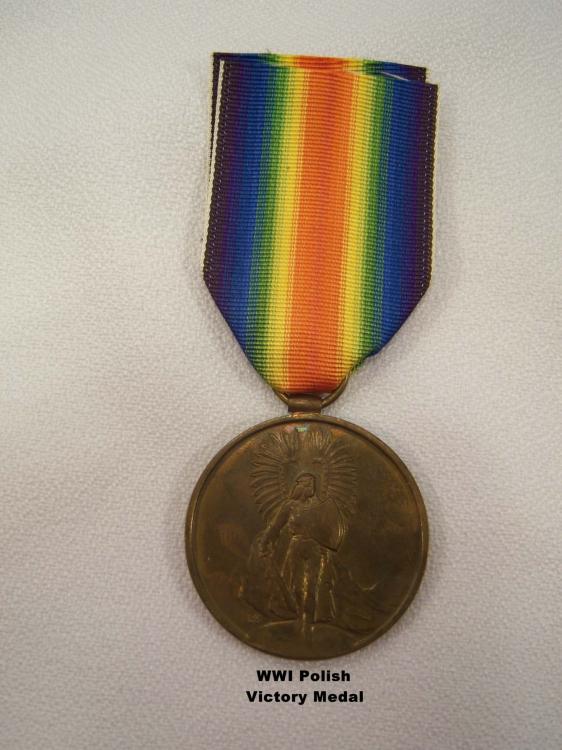Myth Busting - Part 1
Myth Busting, Part 1
I do hope no one will feel like I am being condescending with the way I have written this blog. My intention was to treat the reader like a fellow GMIC member and therefore more like a friend than a stranger. With this in mind treat the following in the manner in which it is intended and that is as a conversation between friends.
Myth Busters, a popular television program takes popular myths and “puts them to the test” and awards a rating of “Confirmed”, “Plausible” or “Busted”. The show often concludes with something from the episode being blown to oblivion. This is NOT one of those blogs. We are prohibited from the use of explosive devices here in cyberspace as the resulting shock wave may cause damage to sensitive computer components. Besides, you know if we started with lower grade controlled explosives it would only be a matter of time when someone from here at the Home Office would ramp it up to a thermo nuclear device and the magnetic pulse would undo all of Nick’s hard work getting the new server up and running smoothly.
What I thought we’d take a look at is some of the commonly or uncommonly held beliefs, or myths, in the fields of collecting and within history itself. Let’s start with collecting and specifically the myth that collecting anything, short of precious metals, is an investment. First let me state that I am not economist or investment banker and my opinions are based on a good number of years of experience and observation. Further, unlike many who will wax prophetic, I base my observations and resulting conclusions not on my mistakes in life but mainly on a few successes. That should be somewhat of a refreshing change from, “don’t do what I’ve done”, (break into the music and lyrics from “The House of the Rising Sun”), to here’s what I found works and the mistakes of others.
Collecting, and we will stick to militaria, should only involve disposable income. Disposable income is the money you have left over after all the bills are paid and an appropriate amount has been invested (at least 10% of your income) into non-collectables investments. For most people the concept of personal disposable income is more myth than reality. If you have a mortgage, or more than one, or if you owe money for a vehicle or two, and after the bills are paid you have little to no money left over I can pretty well tell you that you DO NOT (yes I am shouting here) you DO NOT have disposable income. If you are working two or more jobs to make ends meet... you may have guessed it...you don’t have true disposable income. Working yourself to death just so you can collect is a whole new set of problems – seek help. The credit card is not a form of disposable income either and certainly should never be used to finance a collection.
I’ve often read or even heard first hand that a person is collecting as an investment. An investment? Perhaps that person should look up the definition of an investment. The last time I checked our investment portfolio and spoke with our investments banker there were no options for investing in collectables. Hmm, should that perhaps be telling us something? It’s a little like the myth of the ninja; if there had been ninjas as portrayed in films and books wouldn’t there be authentic ninja swords being offered for sale. Ninja swords NOT made in China that is. The clues are there just look for them...oh yes; they’re ninjas so I suppose their artifacts would also be invisible. I knew I should have used zombies as an example!
It is a really a stupid thing to tell your wife that the purchase of the latest sword, firearm or medal etc. is a good investment. She’s really not that dumb, or at least there will be a day of awakening when she realizes that the so called investment won’t bring in much more the 25 cents on the dollar of “investment”. Think I’m mistaken? Seriously, speak with an established dealer and see what he or she is willing to pay for your collection. You will be most unpleasantly surprised; likely as not the offer will fall between 15 to 20 cents on the dollar. That doesn’t mean you will realize $1.20 for every dollar “invested” but rather 20 cents, period.
I recently sold a geological collection that took fifty years to amass, though I have not been seriously collecting for the past decade. I offered it to a dealer at 25 cents on the dollar and at first he was hesitant, until he actually viewed what I had. He usually pays the 15 to 20 cents on the dollar for collections but much of my collection was no longer available on the market due to many countries deeming the specimens as national treasures. They are illegal to collect at the source now but previously collected specimens may be bought and sold. I did manage to break even on some of the specimens I collected decades ago but for the most part I let them go “cheaply”. Could I have sold them one piece at a time and realized more in the long run? Sure, however, considering it took three trips with his van, packed floor to ceiling and wall to wall, in order to ship them to his warehouse, I would have to live to be 175 years old in order to sell the collection off piece meal. Most large militaria collections fall under the same category.
I’ve heard of collectors claiming to keep their collection in a safety deposit box in the bank due to the value. Ok, so you have purchased, as a source of investment, and rather than enjoying the collection it is hidden away in the bank. What do you have, $20,000 tucked away in the bank vault, on which you need to pay a fee? So in the end you might realize $4,000 to $5.000 dollars in total when you sell? If that was going to put your child through university, I think little “bonzo” will be out looking for a job to foot the costs of schooling. Here’s a tip. Let the kid work his (or her) way through university; this will accomplish a couple of things. It will keep them focused on the goal and not on the parties. Plus they will have a better chance of a useful degree rather than a Masters in Norse Mythology and Interpretive Ancient Babylonian Folk Dancing if they are working to pay for their own education. Yep, I’m a cold hearted bastard.
Here’s a thought. Once the last child has graduated you can give them all cheques for the amount of their initial student loan, provided you can afford it, and haven’t “invested” in cornering the market on WWI Polish Victory Medals.
I hope that those reading this blog are indeed in a position that they have their youth and have true disposable income now. It took me a long time and a lot of work. I also hope that you are collecting because it makes you happy and you have kept the investing myths out of the hobby.
Next time I won’t be so preachy and we’ll discuss some of the myths attached to history and the artifacts themselves.
Happy collecting.
Regards
Brian





17 Comments
Recommended Comments